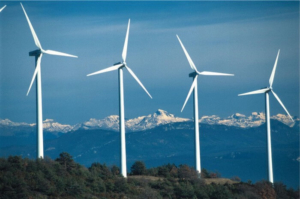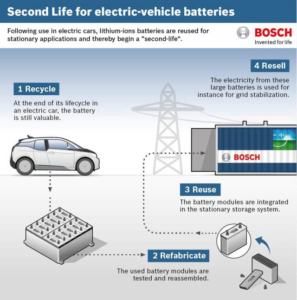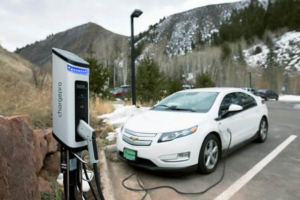DENVER – The League of Conservation Voters, Conservation Colorado’s national partner, today released the Colorado delegation’s scores on the 2017 National Environmental Scorecard.
Notably, Senator Cory Gardner received a zero percent score.
“We knew Senator Cory Gardner was bad on environmental and public health issues, but looking at his entire voting record from 2017, we now know he couldn’t be any worse. We deserve lawmakers who represent the needs of their constituents, not President Trump’s extreme anti-environmental agenda and his attacks on Colorado’s air, water, land, and wildlife,” said Maria Handley, Acting Executive Director of Conservation Colorado. “We need our representatives in Congress to fight for Colorado values. Thankfully we can count on champions like Senator Bennet and our pro-conservation representatives to push back.”
The 2017 League of Conservation Voters (LCV) Scorecard measures votes cast during the first session of the 115th Congress. The delegation from Colorado earned the following scores for 2017:
Senator Bennet – 84 percent
Senator Gardner – 0 percent
Representative Degette – 89 percent
Representative Polis – 100 percent
Representative Tipton – 6 percent
Representative Buck – 6 percent
Representative Lamborn – 0 percent
Representative Coffman – 6 percent
Representative Perlmutter – 100 percent
“This Congress repeatedly refused to stand up to President Trump’s extreme anti-environmental agenda and his attacks on our air, water, land, and wildlife,” said LCV Senior Vice President for Government Affairs Tiernan Sittenfeld. “In a year where devastating hurricanes and wildfires showed why the need to fight climate change is so urgent, Congress instead inflicted lasting damage on our communities by reversing clean water protections, confirming industry favorites to key environmental posts, and opening up the pristine Arctic National Wildlife Refuge to drilling. Our environmental champions are more important than ever as the administration’s hostility toward our communities continues to grow.”
The 2017 Scorecard includes 35 House votes and 19 Senate votes, including 8 Senate votes to confirm anti-environmental Cabinet and sub-Cabinet nominees who have wasted no time implementing Trump’s dangerous agenda.
LCV has published a National Environmental Scorecard every Congress since 1970. The Scorecard represents the consensus of experts from about 20 respected environmental and conservation organizations who selected the key votes on which members of Congress were scored. The votes included in the Scorecard presented members of Congress with a real choice and help distinguish which legislators are working for environmental protection. More information on individual votes and the Scorecard archive can be found at scorecard.lcv.org.
Contact:
Jace Woodrum, 720-412-3772
Alyssa Roberts, 202-454-4573








